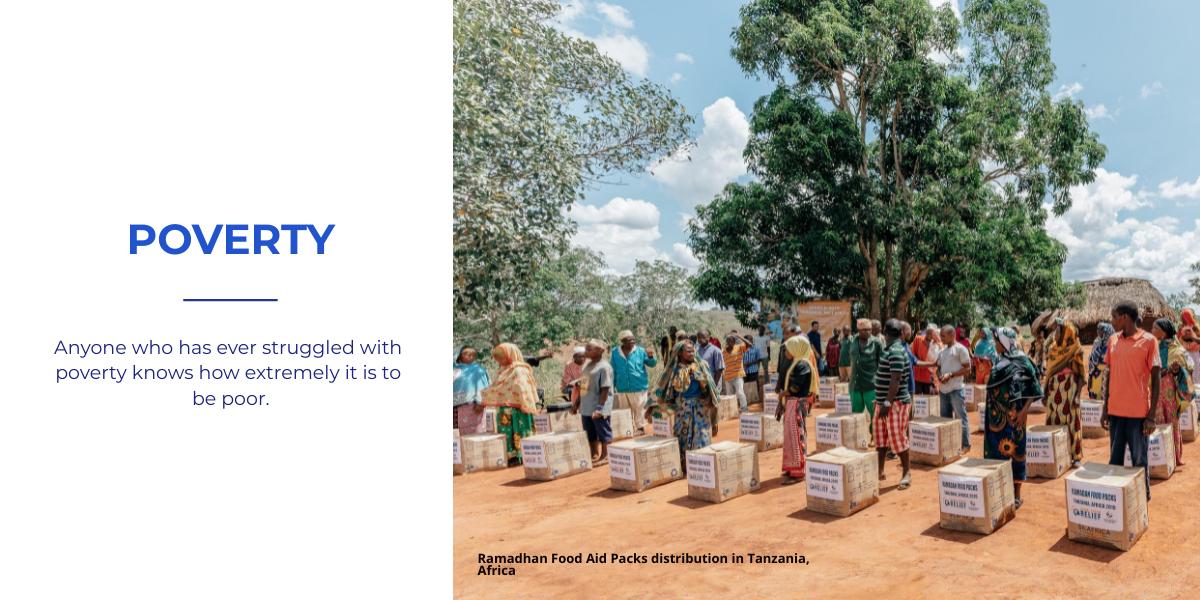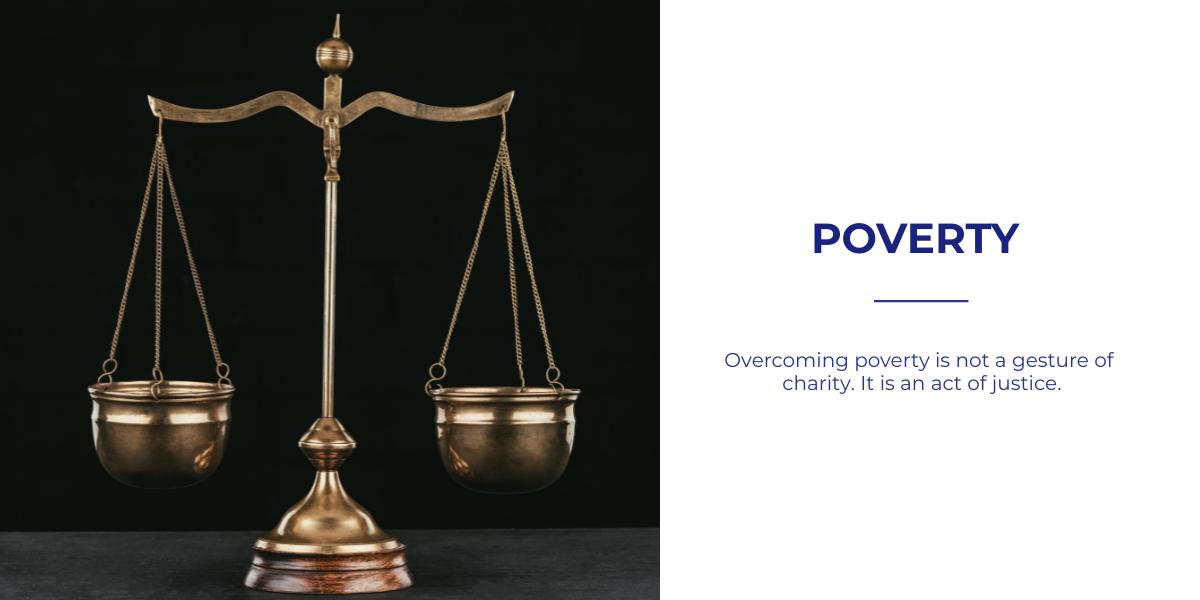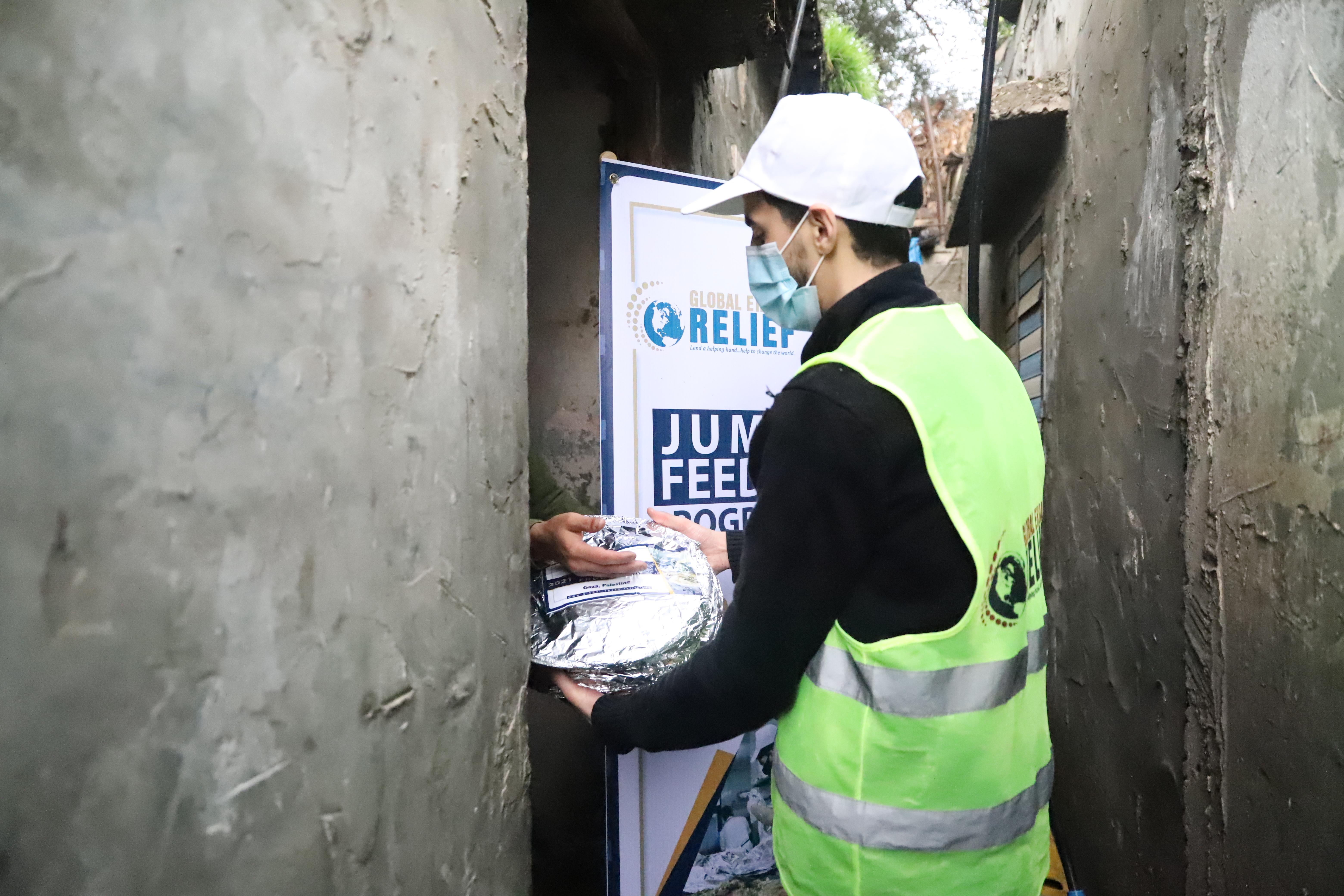
Right now, 736 million people are trapped in a vicious poverty cycle, lying in extreme poverty and surviving on less than $1.90 a day. More than half of that staggering number – 385 million – are children.
On their own, these poverty-stricken communities do not have a way out of poverty because more often than not, this is the life they were born into. Moreover as a result of COVID-19, many countries will see a general increase in their poverty rates.
If we are going to work towards the global goal of eradicating poverty, we first need to acknowledge what exactly it is that keeps people imprisoned in the poverty cycle.
Food insecurity plays a crucial role in the poverty cycle. Without proper nutrition, malnutrition becomes a big issue for both children and adults alike. Due to the lack of food, it is not uncommon for families to skip meals to make their rations last longer, or parents missing out on meals in order for their children to eat. For others, there is not even food for them to ration.
Chronic hunger and malnutrition can lead to a wide range of problems for the poor. For example, without sufficient meals, adults have less energy to carry out work properly while children are not able to focus at school. These reasons make escaping poverty exceedingly difficult.
Growing up in poverty affords children and adults a very slim opportunity to make better lives for themselves. Especially in poor rural communities, the work that they can find is often underpaid.
Without the right tools and opportunities like a good education from young, health care, nutritious food, clean water and shelter, these families are stuck in the poverty cycle. A lack of opportunity for development and moving out of the poverty cycle stifles millions of people.
For someone living in the poverty cycle, it does not matter how hard they work – if they have to spend every penny that they make putting food on the table and caring for their families’ most basic needs, they will never be in a position to get out of poverty.
For these families, they don’t have the extra income to save money for the future, and often struggle to make their current income cover all their needs.

In times of crisis, the less fortunate are the ones who suffer the most. Natural disasters, famine, drought and conflict disproportionately affect the poor communities. It is almost impossible for them to bounce back from these events.
Poor areas hit with disasters often find it extremely difficult to recover on their own, especially due to large populations, poor infrastructure and no money to put back into rebuilding the community. Vulnerable families are even more at risk because they do not have the means to protect themselves, rebuild or heal.
Other than their physical wellbeing, being in a state of poverty can sometimes impact a person’s mental health as well. The feeling of helplessness or powerlessness to change the situation you are in can have a toll on anyone who is struggling, especially with poverty.
For these individuals, it can sometimes feel as though no matter how hard they work or try, it is never enough. The poverty cycle is vicious and can make people feel as though they have failed in life. But the reality is that poverty is a trap – once you fall into it, it can feel impossible to get out of.

Hopefully, we now better understand the poverty cycle and are able to figure out a way to help those in need. Here at Global Ehsan Relief, we want to ensure that no one sleeps on an empty stomach. Our Care for Hunger programmes provide millions of life-saving meals in crisis-hit countries. Join us in our effort to break the poverty cycle.